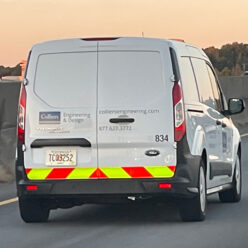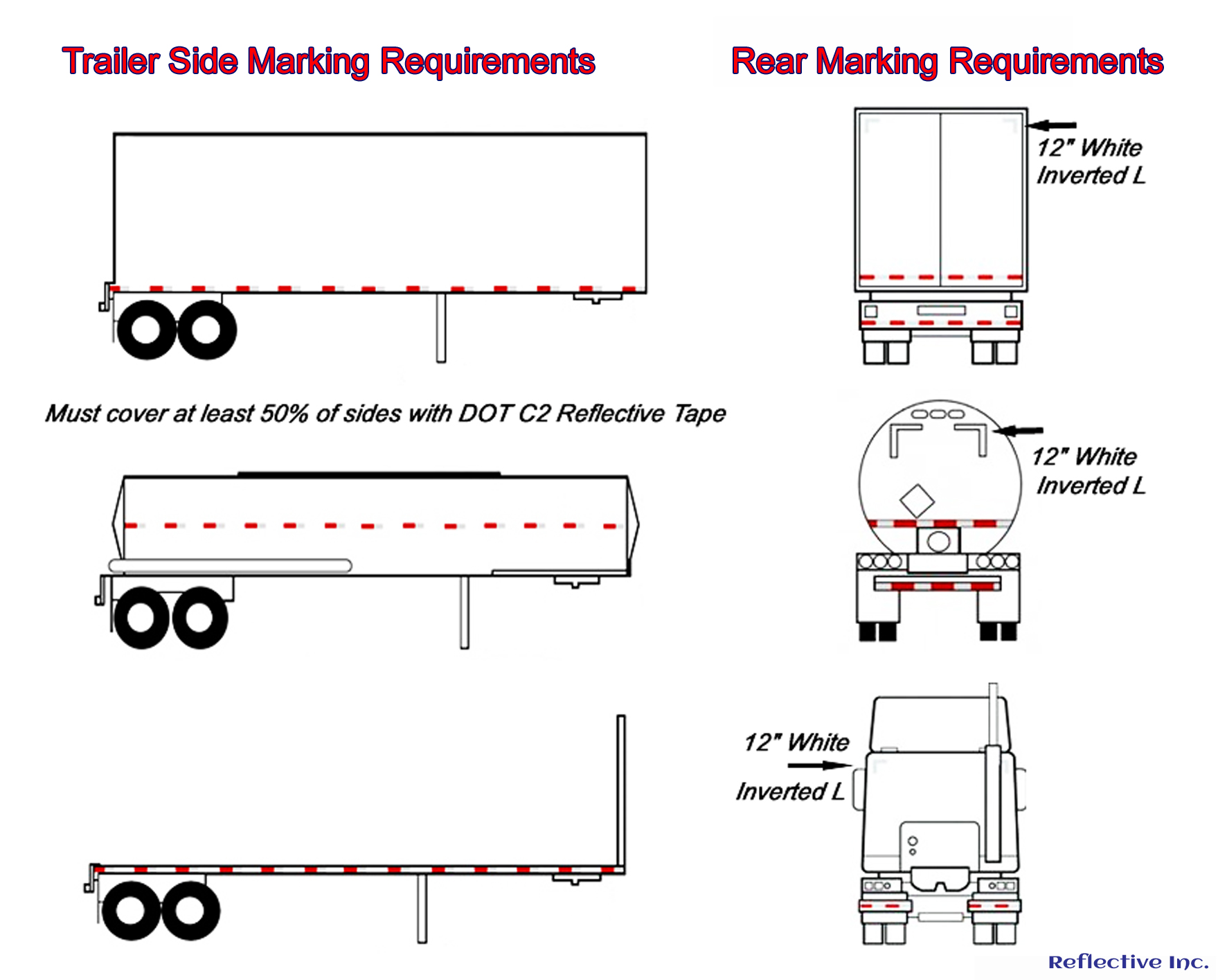Mistakes in the Application of Retro-Reflective DOT C2 Tapes That Can Lead to Avoidable Accidents
In an effort to mitigate accidents involving large commercial trucks and other vehicles, federal law mandated the application of DOT C2 red and white (silver) reflective tape to trucks in 1992. The purpose was to avoid accidents, injuries, and fatalities caused by collisions between big trucks and smaller vehicles. While the red and white tape is visible during the day, its primary function is to enhance safety and visibility at night by reflecting back the headlights of oncoming cars, providing smaller vehicles more reaction time and helping avoid potential accidents.
Tractor trailers pose specific dangers to smaller cars due to their large and relatively immovable nature, resulting in severe impacts. Additionally, the height of these trucks increases the risk of smaller vehicles going under them, making it crucial for drivers to see and stop in time. Because of this, it is imperative that large semi trucks and trailers be marked properly and maintained. Trucks that are below par in visibility pose a constant risk to other drivers and substantial liability to the trucks owners.
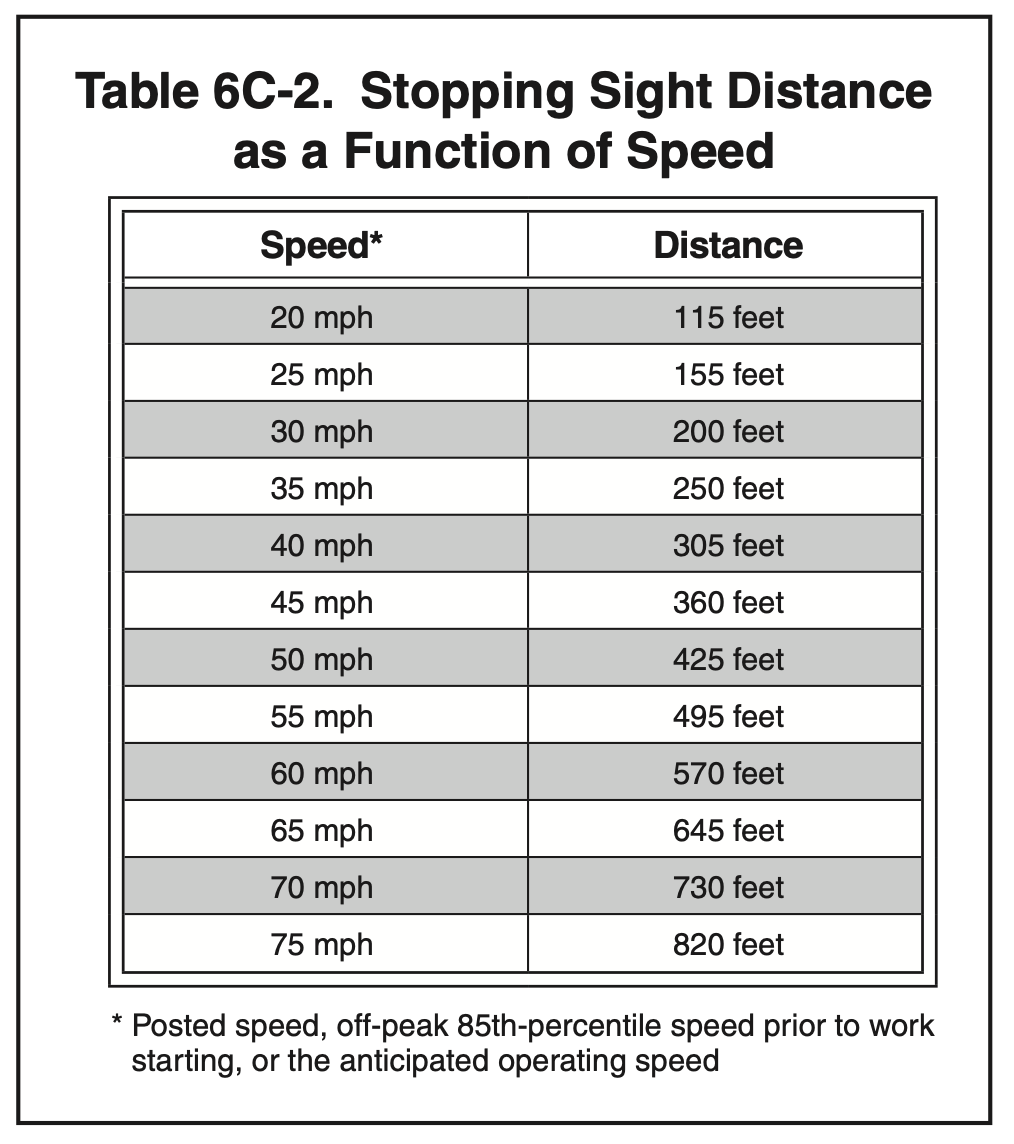
Effectiveness of Properly Applied and Maintained DOT C2 Tape
Before discussing mistakes in applying and maintaining DOT C2 tape, we must recognize its effectiveness when properly applied and still in a new condition. An NHTSA study in 2001, eight years after the law’s implementation, found that DOT tape significantly reduced side and rear impacts into trailers, particularly in dark conditions, by up to 29%. Moreover, it proved especially effective in reducing injury crashes in low-light conditions, resulting in a 44% reduction in fatalities or injuries to drivers.
Conspicuity and Purpose of Reflective Tape
To understand these issues, it’s vital to understand that trucks are marked with bright, alternating-colored reflective tape for “conspicuity purposes,” which is defined as the property of being clearly discernible. Conspicuity goes beyond simply being visible, ensuring that an object stands out from its surroundings. Reflective tape, especially in contrasting colors, enhances conspicuity at night when it reflects light back to its source.
This article aims to highlight circumstances hindering DOT C2 reflective truck tape from fulfilling its intended purpose. Mistakes in application and maintenance of DOT tape made by trucking companies or drivers can lead to avoidable accidents, injuries, or fatalities. These errors range from tape placement to the tape’s age, condition, or type.
1. Old, Dirty, or Delaminated Tape
Tape that is delaminated or aged reflects less light than new tape. As tape ages, its reflectivity diminishes, even more so when dirt and grime accumulate on its surface. Delamination, especially in air-backed prismatic tapes, further reduces performance, allowing water, dirt, and grime to compromise the tape’s reflective properties.
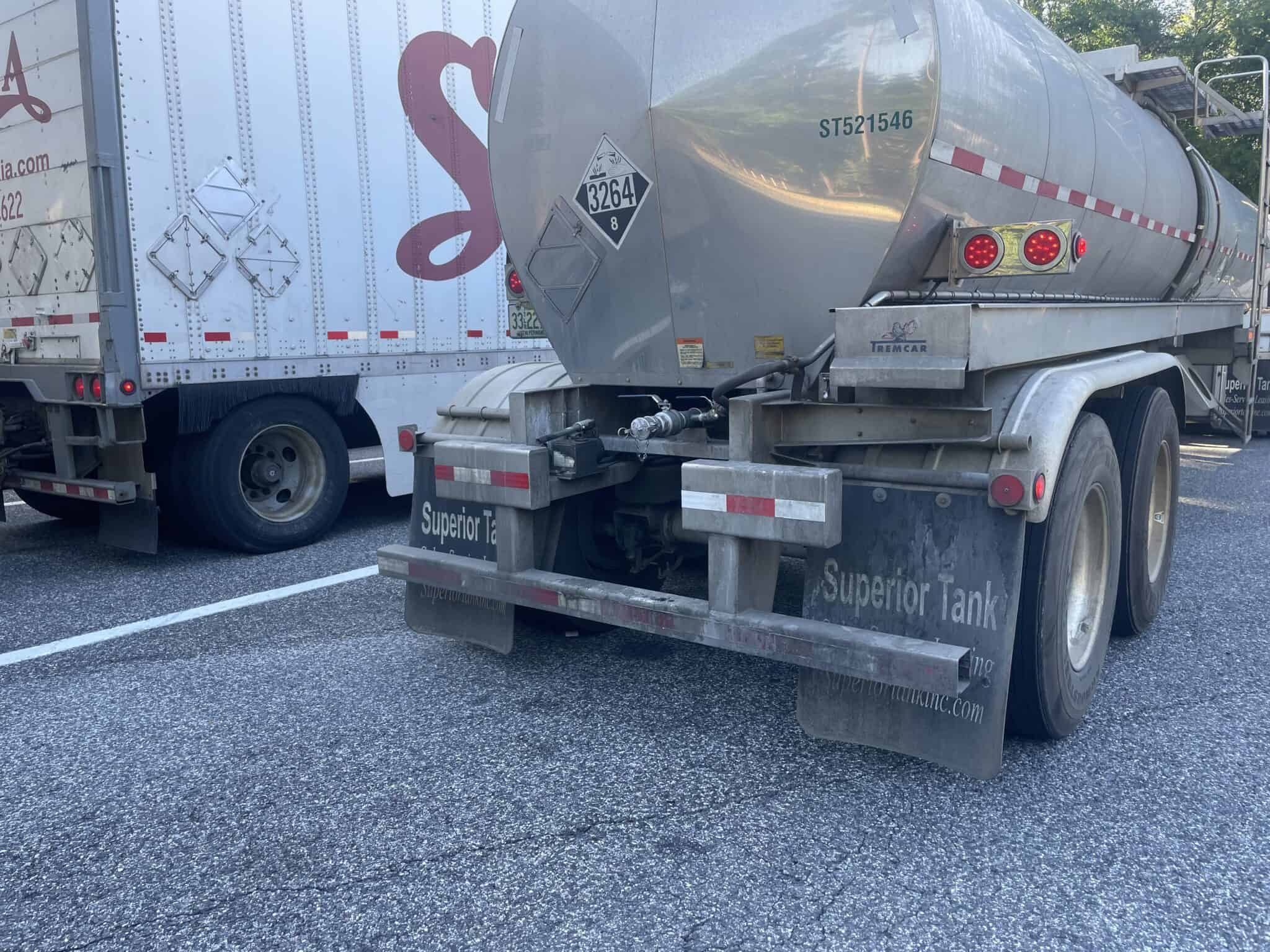
2. Tape Placed Too High on a Truck
Since automobile headlights are designed to shine low to avoid blinding other drivers, DOT tape must be placed as low as possible. Proper placement ensures maximum reflectivity and visibility. Tape applied too high, especially on the side of a tanker, might go unnoticed by approaching drivers, potentially leading to collisions. The DOT requirement is from 15 – 60 inches above the road. Note that the truck in the picture below is not in violation.
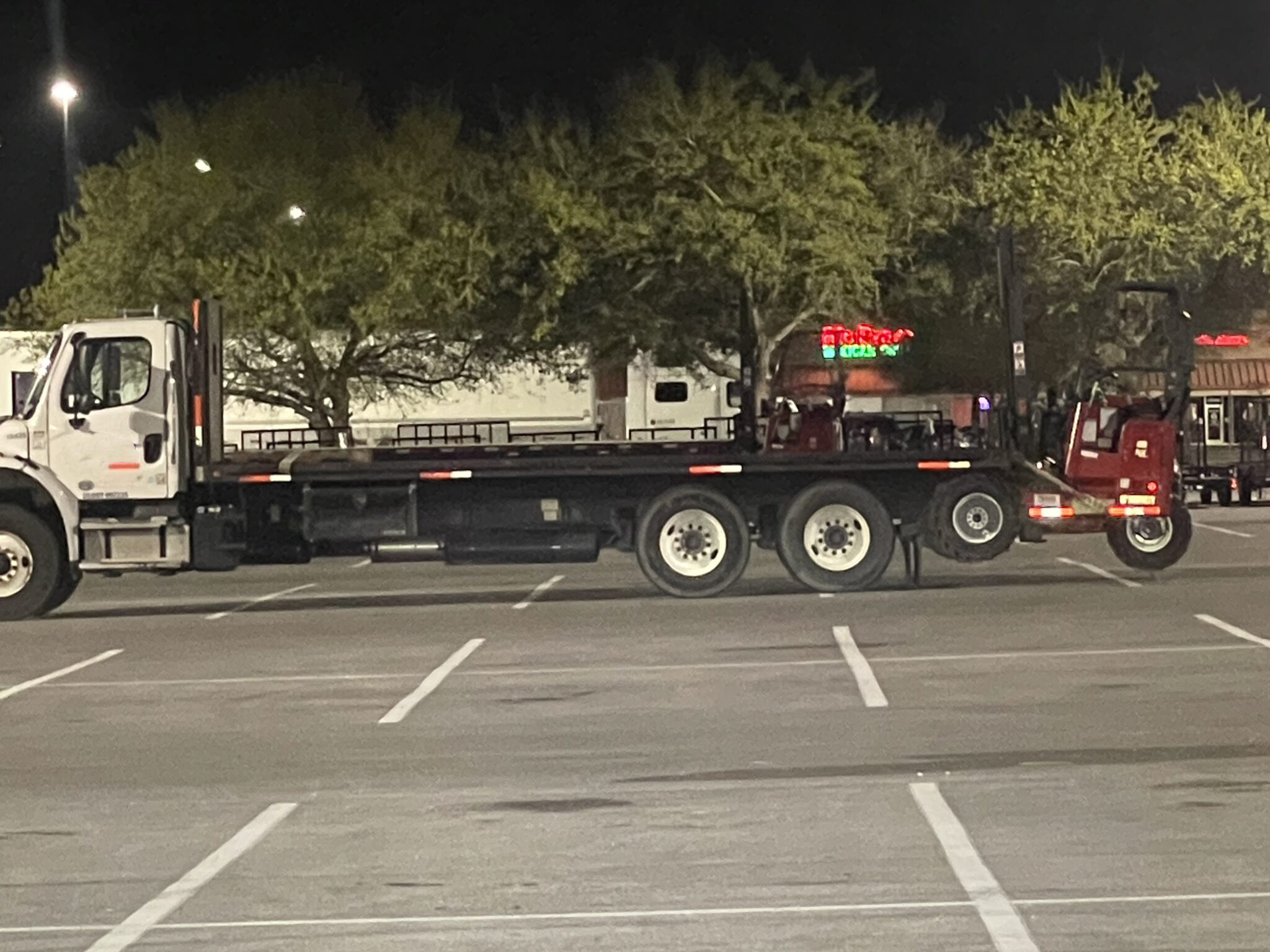
3. Tape Placed at an Angle Versus a Proper Vertical Application
DOT C2 tape reflects best when perpendicular to a light source. Placing the tape at an angle reduces its efficiency, resulting in lower reflectivity percentages. For instance, a tape at a 30-degree angle may lose up to 40% reflectivity for the white portion, affecting its visibility and effectiveness in preventing accidents. This means that with a lower return of light, oncoming vehicles need to be closer to the truck to see the reflective tape.
4. Counterfeit DOT Tape
The market offers cheaper DOT tapes made in other countries, but many of these are counterfeit and not compliant with NHTSA/FMCSA requirements. Non-compliant tape may not meet photometric requirements, compromising its ability to reflect enough light for proper conspicuity. This can lead to late detection by approaching drivers, increasing the risk of accidents.

5. Skipped Area of a Truck
Skipping certain areas of a truck during tape application, believing enough tape has been applied, leaves those areas vulnerable to accidents. All areas required by law should be marked to ensure comprehensive visibility. Failure to do so creates unnecessary hazards, especially in critical areas like the under-ride bar. Remember, at night, the reflective tape is often all an approaching driver sees.
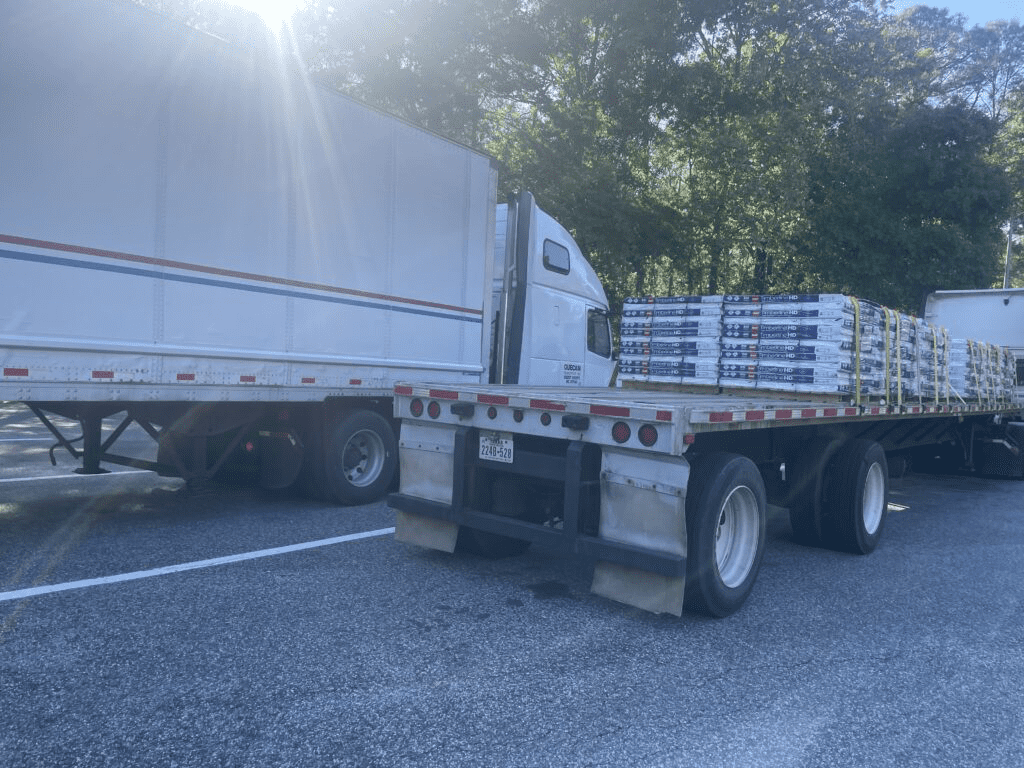
Going Above and Beyond Minimum Requirements
While many trucking companies adhere to minimum requirements for reflective safety, going beyond these can enhance visibility, improve safety, and show due diligence in the event there is an accident. Options include using wider certified tapes, placing tape in lower areas or under the truck box, incorporating reflective graphics, or outlining the truck silhouette with reflective tape.
In conclusion, addressing these oversights in the application of retro-reflective DOT C2 tapes is crucial for maximizing their effectiveness in preventing accidents and ensuring the safety of all drivers on the road. Understanding the impact of tape placement, condition, and compliance with regulations is key to maintaining optimal conspicuity and reducing the risk of collisions.
![]()
